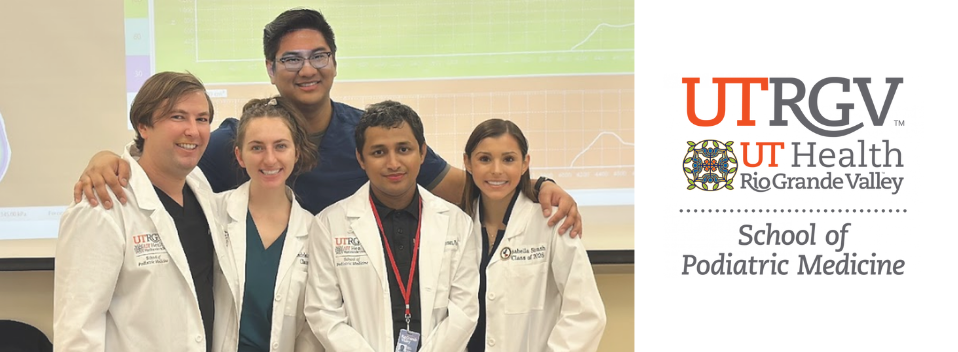
School of Podiatric Medicine Publications and Presentations
Document Type
Article
Publication Date
5-29-2015
Abstract
Bone tissue has a significant potential for healing, which involves a significant the interplay between bone and immune cells. While fracture healing represents a useful model to investigate endochondral bone healing, intramembranous bone healing models are yet to be developed and characterized. In this study, a micro-computed tomography, histomorphometric and molecular (RealTimePCRarray) characterization of post tooth-extraction alveolar bone healing was performed on C57Bl/6 WT mice. After the initial clot dominance (0 h), the development of a provisional immature granulation tissue is evident (7 d), characterized by marked cell proliferation, angiogenesis and inflammatory cells infiltration; associated with peaks of growth factors (BMP-2-4-7,TGFβ1,VEGFa), cytokines (TNFα, IL-10), chemokines & receptors (CXCL12, CCL25, CCR5, CXCR4), matrix (Col1a1-2, ITGA4, VTN, MMP1a) and MSCs (CD105, CD106, OCT4, NANOG, CD34, CD146) markers expression. Granulation tissue is sequentially replaced by more mature connective tissue (14 d), characterized by inflammatory infiltrate reduction along the increased bone formation, marked expression of matrix remodeling enzymes (MMP-2-9), bone formation/maturation (RUNX2, ALP, DMP1, PHEX, SOST) markers, and chemokines & receptors associated with healing (CCL2, CCL17, CCR2). No evidences of cartilage cells or tissue were observed, strengthening the intramembranous nature of bone healing. Bone microarchitecture analysis supports the evolving healing, with total tissue and bone volumes as trabecular number and thickness showing a progressive increase over time. The extraction socket healing process is considered complete (21 d) when the dental socket is filled by trabeculae bone with well-defined medullary canals; it being the expression of mature bone markers prevalent at this period. Our data confirms the intramembranous bone healing nature of the model used, revealing parallels between the gene expression profile and the histomorphometric events and the potential participation of MCSs and immune cells in the healing process, supporting the forthcoming application of the model for the better understanding of the bone healing process.
Recommended Citation
Vieira, A. E., Repeke, C. E., Ferreira Junior, S.deB., Colavite, P. M., Biguetti, C. C., Oliveira, R. C., Assis, G. F., Taga, R., Trombone, A. P., & Garlet, G. P. (2015). Intramembranous bone healing process subsequent to tooth extraction in mice: micro-computed tomography, histomorphometric and molecular characterization. PloS one, 10(5), e0128021. https://doi.org/10.1371/journal.pone.0128021
Creative Commons License

This work is licensed under a Creative Commons Attribution 4.0 International License.
Publication Title
PLoS One
Academic Level
faculty
DOI
https://doi.org/10.1371/journal.pone.0128021


Comments
© 2015 Vieira et al.